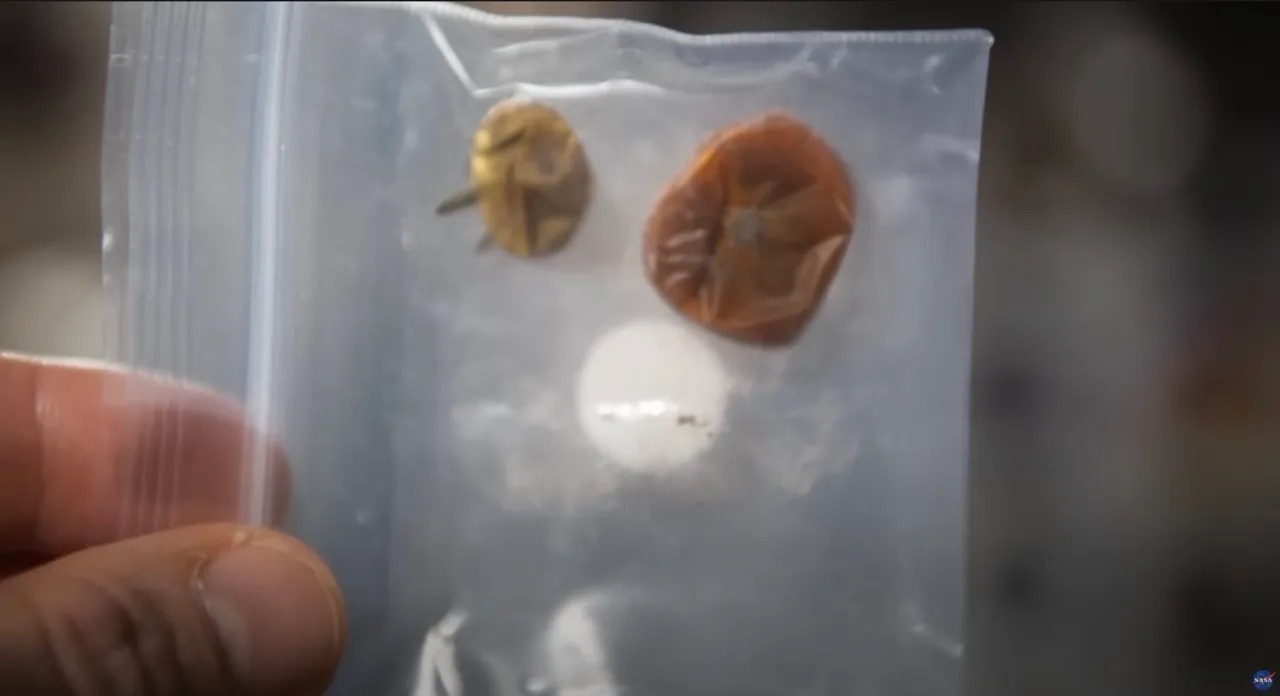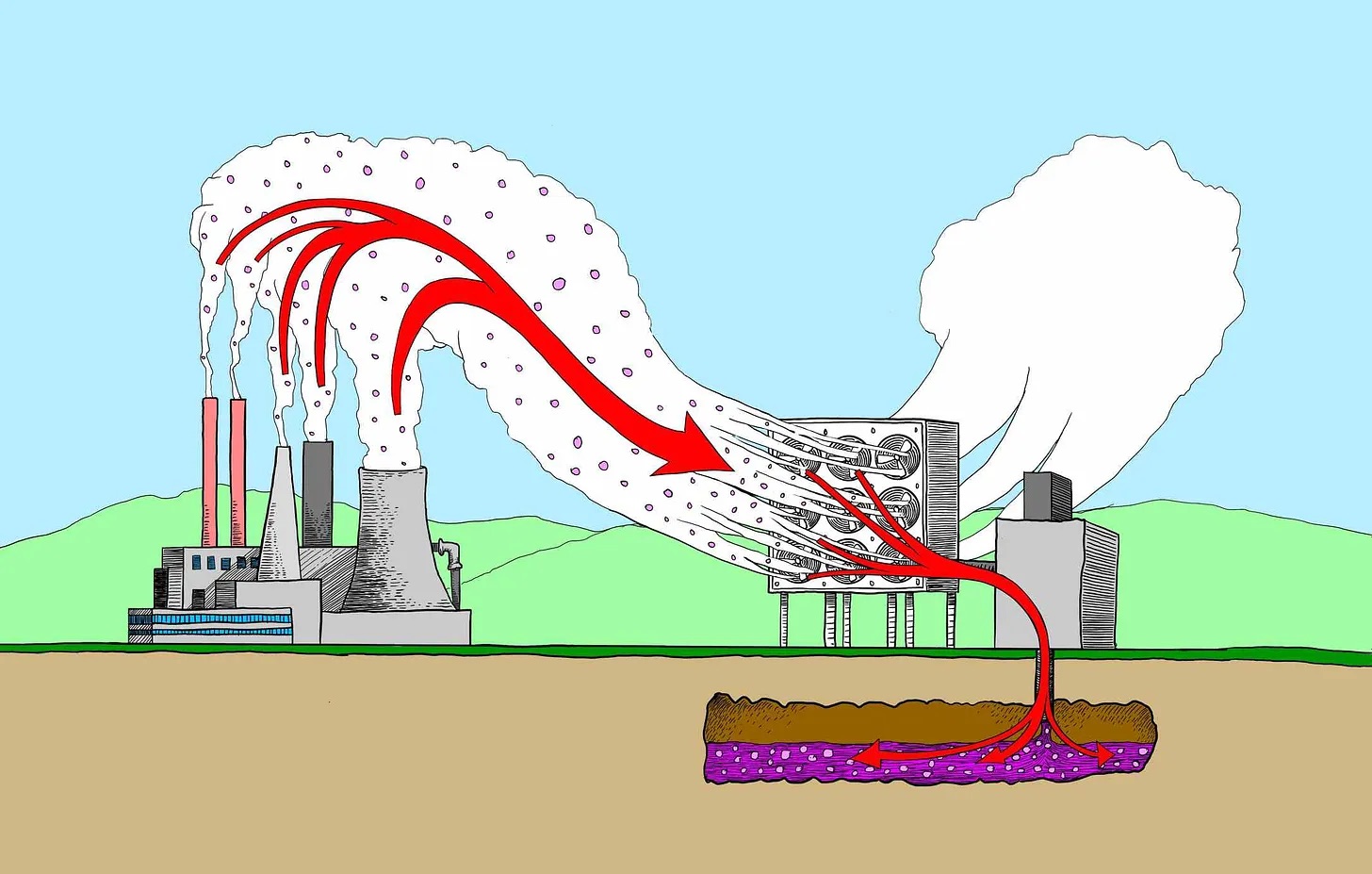Hi everyone!
This is embarrassing... In the previous edition, I wished you happy holidays and a great start to the new year. I didn’t realize that there was 1 more newsletter to send this year...
Aside from spending time with friends and family, I’m taking some time to reflect on the past year. I’m working my way through Steph Ango’s “40 questions to ask yourself every year”. I highly recommend these types of retrospectives!
I wish you (once again) happy holidays and a great start of the new year!
Xavier
🤓 Cool Stuff I Found on the Internet

Minitel: the online world France built 10 years before the Web!
A decade before World Wide Web, the French had Minitel. Launched in 1980, it allowed users to make online purchases, buy train tickets, check stock prices, search the phone directory, chat with others, and much more. To use Minitel, you needed a terminal, which the French phone company gave away for free to increase the use of its phone lines and to reduce the costs of printing phone books. At peak, nearly half the population was using Minitel.

Lost space tomato has been found
The International Space Station was the scene of a mystery when space-grown tomatoes went missing. Accusations initially pointed to NASA astronaut Frank Rubio, who claimed to be innocent. The tomatoes were part of the XROOTS experiment, aiming to grow plants in space without soil. The missing tomato has now been found and NASA is proudly sharing pictures of it.
World's first webcam was pointed at a... coffee pot!
To avoid the disappointment of an empty coffee pot, researchers at the University of Cambridge set up a camera pointed at the coffee machine. This allowed lab members to see the pot's status on their computers before making a trip to the kitchen. The webcam had a low resolution of 128x128px, and was connected to the internet in 1993. One thing I'm wondering though: what if the coffee pot was empty, and everyone waited for someone else to brew a fresh one?
Bird Migration Visualizer
This interactive tool visualizes the yearly migrations of over 450 bird species. It also highlights the various challenges birds encounter during their long-distance flights.
First CRISPR-based treatment approved
The FDA has approved Casgevy, a potential lifelong cure for sickle cell disease developed by Vertex Pharmaceuticals. It uses the CRISPR-Cas9 enzyme to cut and edit a mutation in the BCL11A gene that causes sickle cell disease. Because it changes patient DNA, it should be a lifetime cure, but it also raises concerns. Should we edit our own genome, and what effects might this have on our offspring?
🧠🤖 Artificial intelligence
Google DeepMind's Gemini to compete with ChatGPT
Gemini is Google’s newest large language model that edges out GPT-4 in most measures. However, the improvements are only marginal, suggesting we might be approaching a plateau in AI innovation. Making models larger isn’t enough anymore. Some AI companies are focussing on getting more quality data to train from, but even that will run out, eventually.
The energy footprint of AI
The enormous success of AI models like ChatGPT has raised concerns about its environmental impact. Running ChatGPT is estimated to require 564MWh per day. Integrating AI into every Google search could consume 80GWh per day, as much as the entire country of Ireland. Yikes! Innovations to make AI models could fix this, but Jevon's Paradox warns it might lead to increased demand and overall consumption.
DeepMind AI discovers 2.2 million new materials
The AI model GNoME has predicted 2.2 million new inorganic compounds that could supercharge material discovery. Of those, 380,000 are stable and ready for synthesis. These "discoveries" could help us develop innovate materials like advanced superconductors or lithium-ion conductors for longer lasting batteries.
⚡️ Energy & Environment

Billions in funding for carbon capture
Reducing fossil fuel consumption is critical for limiting climate change, but one alternative solution is to capture CO2 from the air and trapping it underground. The technology has seen massive investments in recent years. For instance, Blackrock invested $550 million in a Texas facility. But here’s the catch: the effectiveness of carbon capture technology is debatable. Critics also argue that it might slow the adoption of renewable energy sources.
TerraPower's quest for starting a nuclear renaissance
Natrium is the innovate nuclear reactor design by TerraPower that's aimed at transforming the energy sector. The reactors are smaller and safer than traditional ones. It uses liquid sodium and molten to cool the core, which improves safety and allows for control of the power output. The reactors can modulate their energy output to complement renewable sources. The first commercial Natrium plant will be built in Wyoming next year!
Making Ethylene without fossil fuels
Ethylene is one of the most important chemicals used in manufacturing, primarily as a precursor to produce polyethylene, one of the most common plastics. Making ethylene releases a significant amount of greenhouse gases. Now, researchers have created ethylene using CO2 electrolysis with renewable electricity. The result is identical to conventional ethylene and the process even consumes CO2! Next step: scaling up the technique!
